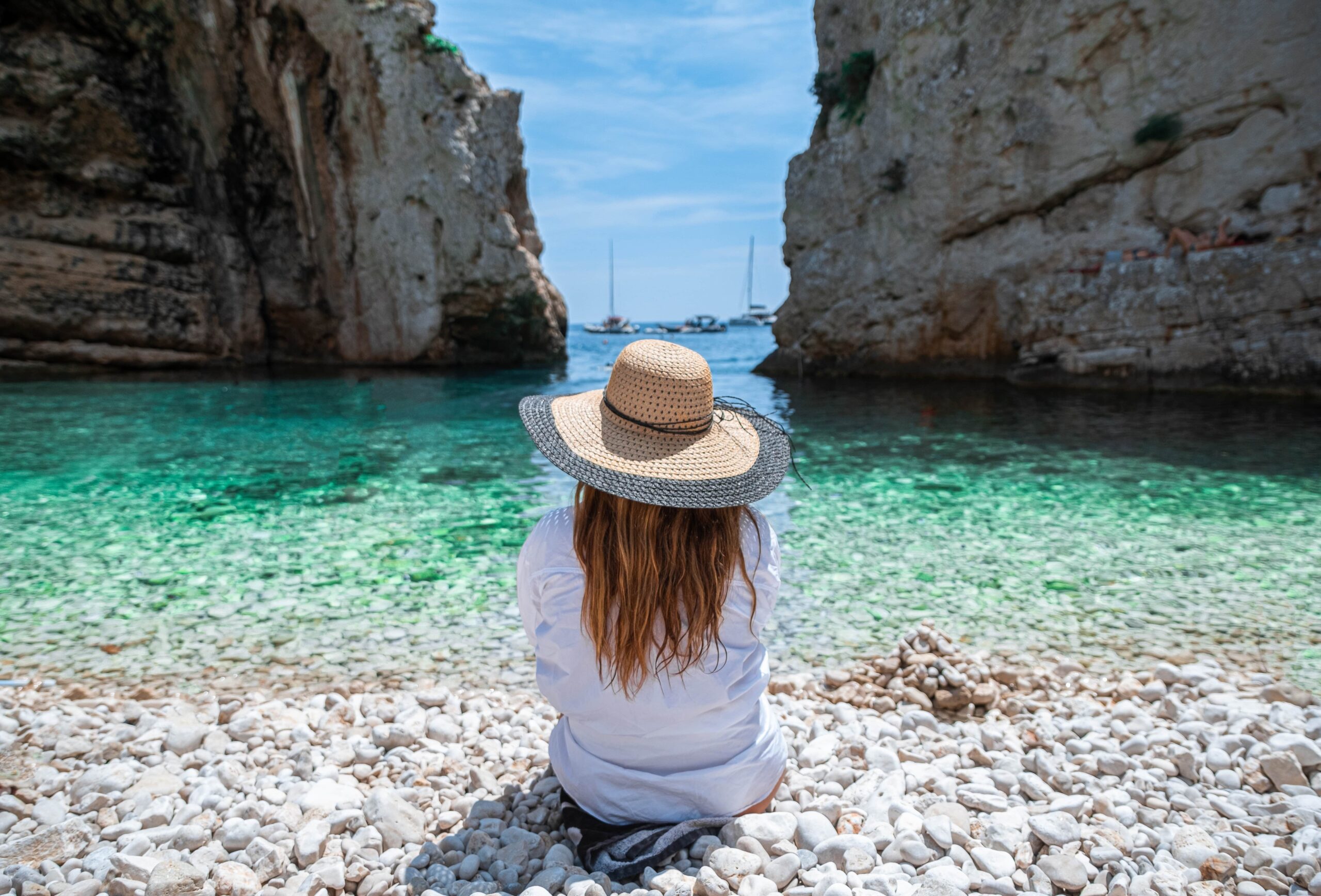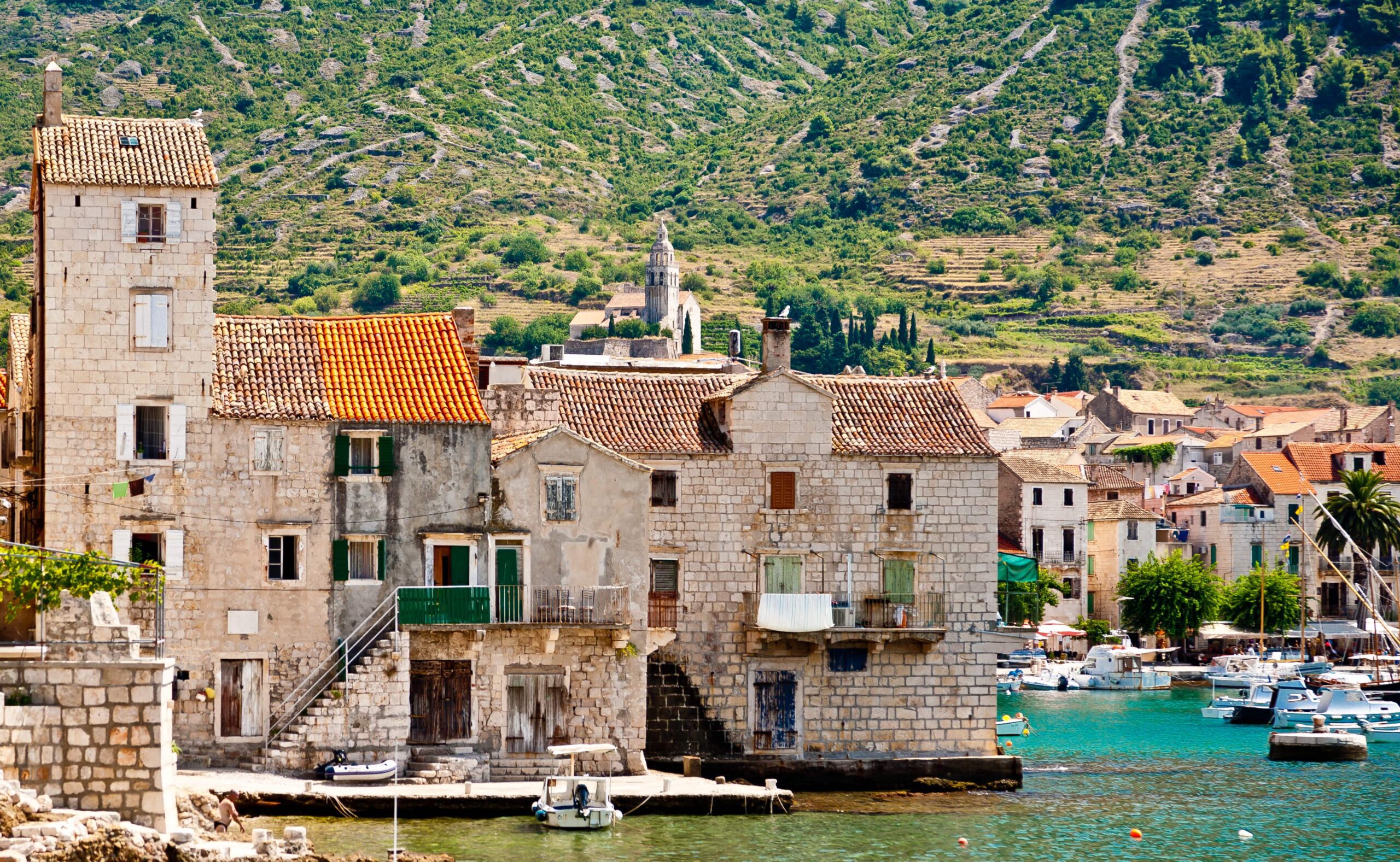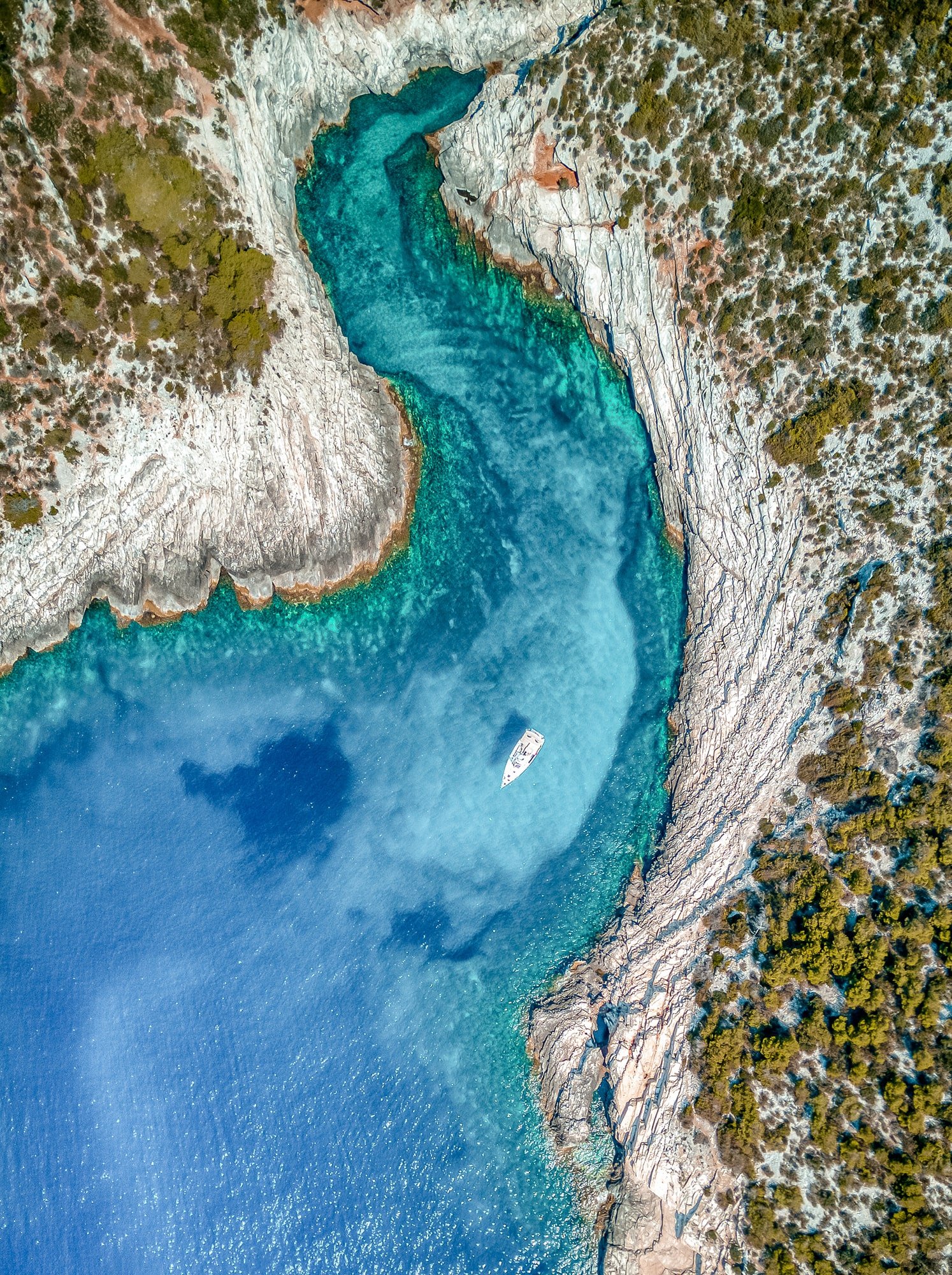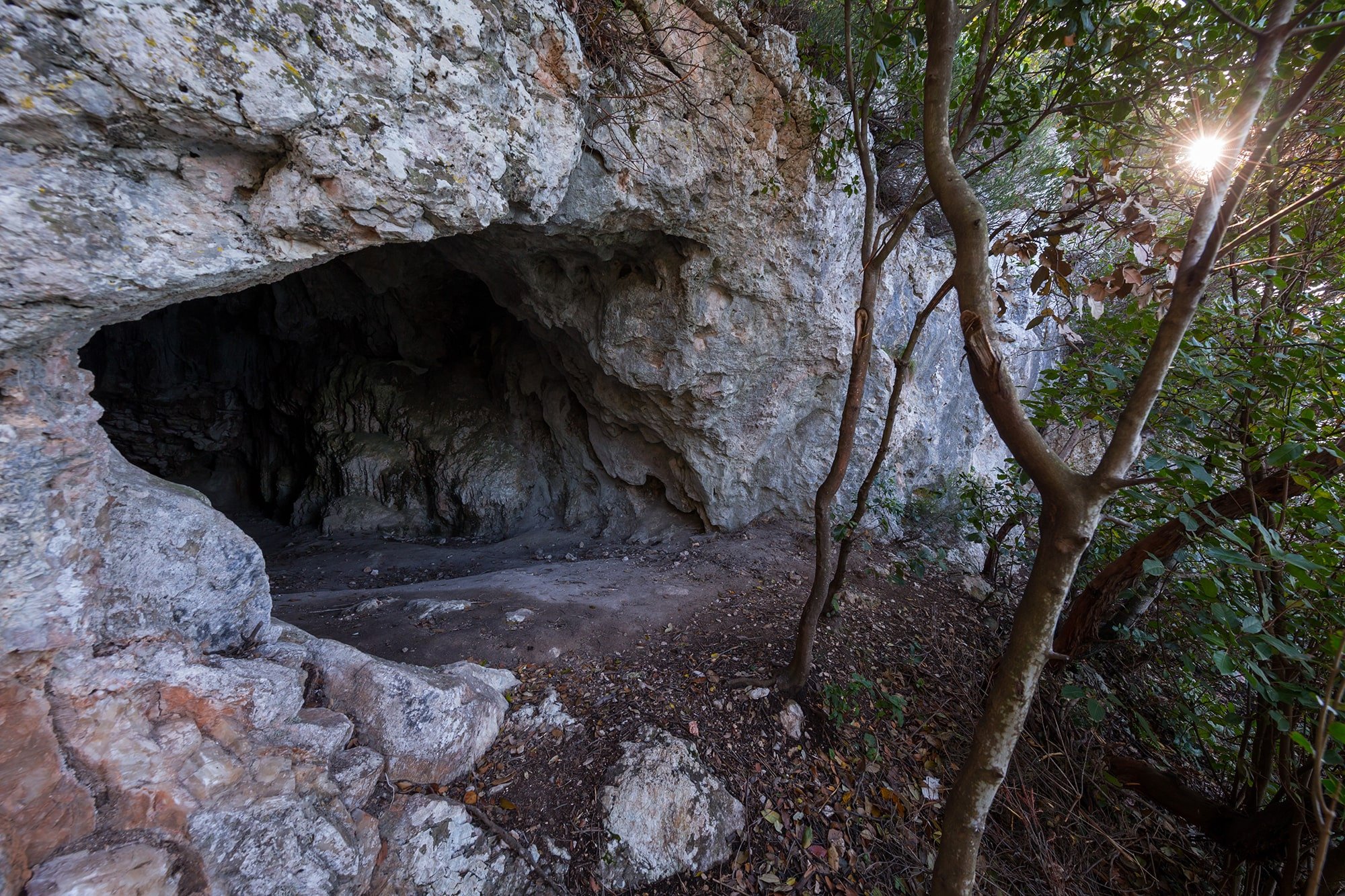Vis
A mystical island of impressive beauty and history that preserves the Mediterranean as it once was and nurtures the Dalmatian way of life






Discover what Vis has to offer

Due to their exceptional natural and geological heritage, the islands surrounding Vis have been declared a UNESCO Geopark. If you want to explore one of the last natural oases in the Mediterranean, take a boat tour of the islets of Brusnik, Jabuka, Palagruža, Svetac and Biševo
The island of Vis hides a fascinating military past, through which the labyrinth of interesting tunnels all over the island will take you. Due to its good geographical position and its round shape, Vis was a perfect military refuge because it could be easily defended. Due to such advantages, recognized by Tito, the island of Vis was the only unoccupied island during the Second World War. After the war, the island officially belonged to Yugoslavia, giving Tito the opportunity to turn it into Yugoslav’s central naval base


Escape to your own perosnal
paradise
On Visa, time seems to have stopped! Vegetables are still harvested from the garden and served fresh on the tables, domestic animals are kept in the courtyards of houses, and fruit is picked from the crowns of long-lived trees. Autochthonous Dalmatian cuisine and Mediterranean atmosphere are guaranteed here!




Film
Mamma Mia
The popular sequel to the Hollywood hit Mamma Mia was filmed on the island of Vis in 2017, and the charms of the beautiful Vis locations delighted the stars Meryl Streep, Colin Firth and Pierce Brosnan, as well as the entire film crew


Enjoy the enchanting beauties, hidden bays and one of the most beautiful archipelagos in Europe. Vis is a paradise for sailors, foodies, and culture enthusiasts. In the authentic island, called also the “Croatian Kuba”, you will truly find rest for the body and soul
Hours of sunshine per year on Vis
2.600
The climate on the island is Mediterranean with a hot summer. On average, Vis has over 2,600 hours of sunshine per year. Summer months temperatures are above 24 degrees Celsius, and only about 800mm of precipitation falls annually











